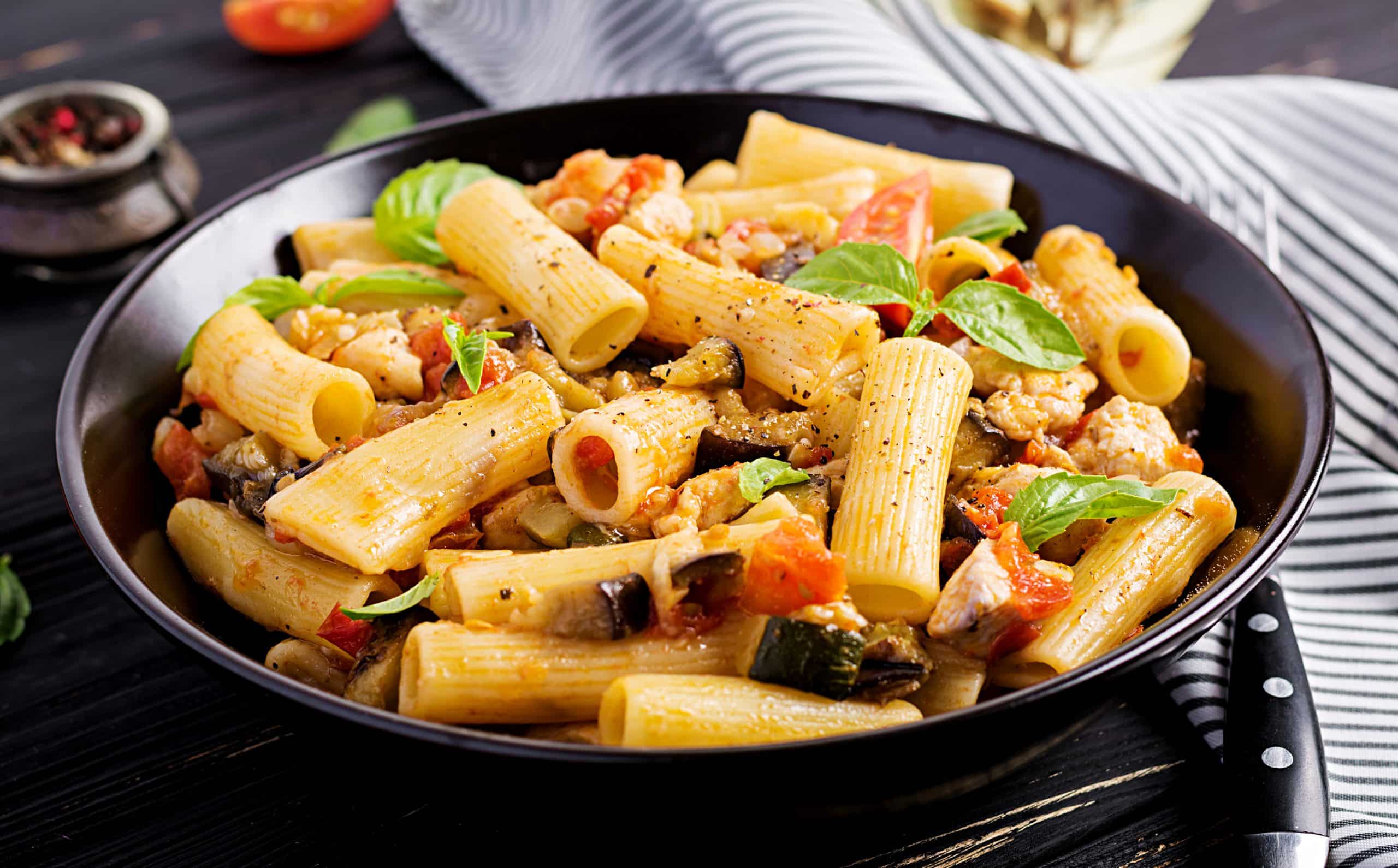The art of crafting delicious desserts is part science, part skill, and largely, part heart. To transform simple, everyday ingredients into a sweet symphony of flavors on a plate requires not just a recipe, but a deep understanding of each component and the role it plays in the final dish. One such example of a dessert that exemplifies this harmony is the Italian Panna Cotta.
The Panna Cotta, a literal translation to "cooked cream" in Italian, is a dessert that beautifully showcases the magic that can happen when cream, sugar, and gelatin come together. Traditionally, it is flavored with vanilla, but the beauty of this dessert lies in its versatility. Today, we will explore a recipe that puts a unique twist on this classic dessert – the Rosewater and Cardamom Panna Cotta, and delve into the nuances that make it truly special.
Additional reading : What Are the Essential Techniques for Making Flavorful Wild Mushroom and Thyme Quiche?
The Building Blocks: Ingredients and their roles
To create the perfect Rosewater and Cardamom Panna Cotta, you’ll need to understand the purpose of each ingredient in the recipe.
Firstly, the cream. This is the base of the dessert, providing a rich, velvety mouthfeel. The type of cream you use will influence the texture of your Panna Cotta. A higher fat content provides a more luxurious taste and feel, but also sets firmer due to the increased fat content.
Also to read : How to Create a Gourmet Quinoa and Roasted Vegetable Salad with a Lemon Tahini Dressing?
Next, the sugar. The specific quantity of sugar added can dramatically affect the sweetness and texture of this dessert. Too much sugar will overpower the delicate flavors of rose and cardamom, while too little will leave the dessert bland.
The gelatin is responsible for setting the Panna Cotta. By using the correct amount, you’ll achieve a dessert that is just set, but still maintains a wobbly and delicate texture.
The rosewater, cardamom, and vanilla are the flavors that make this Panna Cotta unique. Rosewater adds a floral note, while cardamom adds a hint of spice.
The Role of Technique in the Panna Cotta Recipe
The technique is just as important as the ingredients when it comes to preparing a Panna Cotta.
The first part of the process involves heating the cream and sugar together. This not only dissolves the sugar completely but also helps to intensify the flavor of the cream. The cream and sugar mixture should be heated gently over low heat, and never brought to a boil.
The next step involves the addition of the gelatin. It’s important to remember to ‘bloom’ the gelatin first in cold water. This means allowing the gelatin to absorb the water, which makes it easier to mix into the cream without forming lumps. The bloomed gelatin is then added to the warm cream and sugar mixture, and stirred until it is completely dissolved.
After the gelatin is completely incorporated, the flavorings – rosewater, cardamom, and vanilla are added. It’s important to add these while the mixture is still warm to ensure even distribution of flavors.
The Significance of Quality Ingredients in your Panna Cotta
While the techniques and proportions are important in ensuring a well made Panna Cotta, the quality of your ingredients will play a major role in the final flavor of your dessert.
The cream is the main component of this dish and therefore it should be of the highest quality. Using fresh, organic cream can elevate the taste of your Panna Cotta significantly. The same goes for your sugar. Opting for a good quality, organic cane sugar can add a rich depth of flavor.
The rosewater and cardamom are what make this Panna Cotta stand out, therefore it’s essential to use high-quality, natural rosewater and freshly ground cardamom.
Presentation: The final touch to your Panna Cotta
The Panna Cotta is a dessert that is as much about taste as it is about presentation. It is traditionally served unmolded, on a plate or in a glass, showcasing its delicate wobble and satiny texture.
To perfectly unmold a Panna Cotta, dip the mold in warm water for a few seconds to loosen it, then turn it onto a plate. The dessert should slide out easily, retaining its shape.
When it comes to garnishing, keep it simple so as not to distract from the flavors of the Panna Cotta. A sprinkling of crushed, toasted pistachios, a few rose petals, or a drizzle of honey are all great options.
In conclusion, crafting a delicate Rosewater and Cardamom Panna Cotta is a combination of using the right ingredients, applying the correct techniques, and presenting it with care. By understanding these elements, you can turn this simple dessert into a masterpiece.
Adding a Twist: Incorporating Unique Flavors into your Panna Cotta
One of the most tantalizing aspects of the Rosewater and Cardamom Panna Cotta is the symphony of flavors that it brings. This Panna Cotta recipe transcends the ordinary, drawing inspiration from Middle Eastern flavors by incorporating rosewater and cardamom.
The rosewater, sourced from the distilled essence of rose petals, adds a subtle floral note to the dessert, giving it a light, refreshing taste. This ingredient is a staple in Middle Eastern cuisine and is often used in sweets and pastries. It’s crucial to use high-quality, natural rosewater in your Panna Cotta. Cheap, synthetic versions might throw off the delicate balance of flavors.
Cardamom, on the other hand, contributes a slightly spicy, citrusy flavor. It’s best to use freshly ground cardamom as it releases a more intense aroma and flavor compared to pre-ground cardamom.
Even though these flavors are unique, they harmonize beautifully with the creamy Panna Cotta. If you want to experiment further, you can try adding a splash of extra virgin olive oil for a subtle fruity note. Olive oil, although not a traditional Panna Cotta ingredient, pairs wonderfully with the dessert’s creamy texture and the rosewater’s floral notes.
Serving Suggestions: Pairing your Panna Cotta with Complementary Desserts
The Rosewater and Cardamom Panna Cotta is a dessert that stands out on its own but can also be paired with other sweets to create a truly indulgent treat.
For instance, it pairs wonderfully with dark chocolate. The bitter, rich flavor of the chocolate contrasts beautifully with the light, floral notes of the Panna Cotta. You can serve a piece of dark chocolate cake alongside your Panna Cotta, or drizzle some melted chocolate over the top.
Another beautiful pairing is with vanilla ice cream. The creaminess of the ice cream complements the Panna Cotta’s silky texture, while the vanilla flavor works well with the rosewater and cardamom. A scoop of vanilla ice cream served next to the Panna Cotta could be garnished with crushed pistachios for added crunch and visual appeal.
If you’re looking for a healthier companion to your dessert, a fruit salad made from fresh, seasonal fruits would work well. The natural sweetness and acidity of the fruits will balance out the rich, creamy Panna Cotta.
Conclusion: The Joy of Crafting Panna Cotta
In essence, crafting a Rosewater and Cardamom Panna Cotta requires more than just following a recipe. It’s about understanding the role of each ingredient, applying the right techniques, and presenting the dessert in a way that does justice to its elegance. The joy of making this Panna Cotta lies in the journey – from selecting high-quality ingredients like fresh cream and natural rosewater, to patiently stirring the mixture over a gentle heat, to the moment when you unveil the dessert, glistening and wobbly, before your guests. This is a dessert that is not just gluten-free, but also teeming with exquisite flavors, making it a true culinary masterpiece. Enjoy the process, relish the end result, and don’t forget to share your creation with others. As with all good things in life, the joy is in the sharing.











